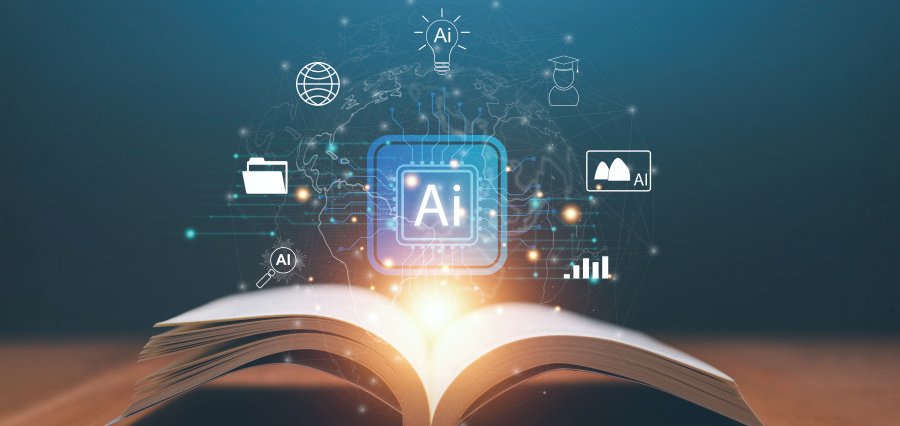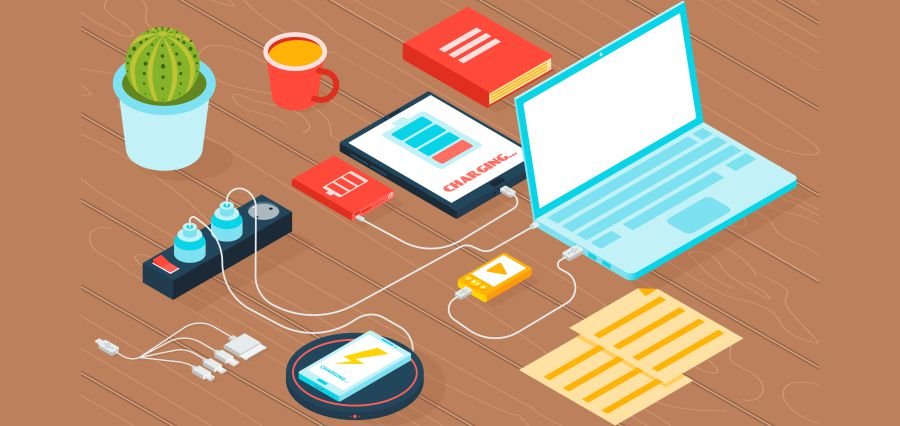At the outset I would like to explain what Blockchain technology is before we get into its significance in the education sector. Blockchain is a decentralised distributed digital ledger, which is collectively maintained by a network of computers. It can be visualized as a large ledger book shared among many people (members) who collectively keep the records. No data on the ledger can be modified by a single person without every other member of the ledger agreeing to the change. Moreover, the ledger book is not stored in one place but is distributed among all the members, ensuring that there is no single person who can tamper with the records, which is highly probable in a centralised database. This makes Blockchain technology hugely secure and is predominantly used in the financial services domain.
When we hear the term Blockchain, the first thing that comes to mind is Bitcoin. People often use the two terms interchangeably. What we must bear in mind is that Blockchain is a technology and Bitcoin is one of its applications. Similar to Bitcoin there could be multiple other applications of Blockchain, across a plethora of industries, sectors and domains. According to a Gartner report, 80% of use cases of Blockchain were in financial services during 2017. In 2018 the number has gone down to 45% for financial services, with the use case in the other domains also finding importance with technologists.
While Walmart and IBM are working on the Hyperledger Fabric Blockchain to streamline the former’s supply chain, Blockchain-powered AI platform Endor is revamping the Business Intelligence landscape. Qtum has created its own hybrid Blockchain, based on Ethereum, to provide technologists a way to build and deploy decentralised apps. IOTA, a crypto token designed specifically for IoT needs, has emerged as a power efficient and scalable platform that uses connected devices to validate value transfers on the distributed ledger. Blockchain can also be used to fortify identity management at a time when there is a rapid rise in identity theft and fraud due to the expansion of the internet. Similarly, there could be a galore of use cases where Blockchain is already being deployed or is being developed.
That brings us to the adoption of Blockchain in the education sector. While the adoption of Blockchain is still in its infancy in the education industry, I believe it has the potential to make the education system more dependable and trustworthy. There could be multiple areas of application of Blockchain, but the most prominent use case in the education sector is to issue digital diplomas to students. Massachusetts Institute of Technology (MIT) was among the first institutions globally and Globsyn Business School was one of the first institutions in India, which began issuing digital certificates on Blockchain. The rollout of the diplomas on Blockchain will allow the students and their prospective employers to access the diploma credentials from any geographical location, without making any physical requests to the institutions.
All students receiving a digital certification will be able to access and share the credentials of their diplomas with future employers and higher education institutions around the world without any hassles. They will be granted a private and encrypted digital key linked to their certificates. This digital key effectively reduces the time and effort of having to go through traditional processes for documentation and verification of academic credentials. The move to Blockchain technology also warrants the certificates to be tamper-proof and eliminates the possibility of production of fake certificates.
Blockchain can be also utilized to create an independent learning platform which facilitates the exchange of knowledge between students and faculty, without the need for external control authorities or regulatory bodies. Acknowledgement of excellence in academics can be vastly improved using Blockchain to reward students with digital tokens for their achievements. These tokens could be transferred as credits by students in their future academic pursuits across universities and schools. Using Blockchain, a knowledge bank can be set up for students, teachers, entrepreneurs and leaders, across geographies and economies, to contribute their knowledge and learnings, which can be accessed by them and future generations.
Application of Blockchain in education sector may be a relatively new concept, but technologists already see an infinite array of possibilities with its secure nature, allowing stakeholders to gain enough confidence to make good use of this technology over time. And this ultimately upholds the very essence of education, which is, to share knowledge without tampering or trifling its value.
About Author
A second generation entrepreneur with keen interest in studying learning patterns and teaching pedagogy, Rahul Dasgupta is currently the Trustee, Globsyn Business School. He is extremely passionate about education and skill development of youth in the country. Rahul is the chief architect behind the pedagogical change in the academic delivery system of Globsyn Business School, which merges industry requirements with academic curriculum to build industry-relevant managers.









